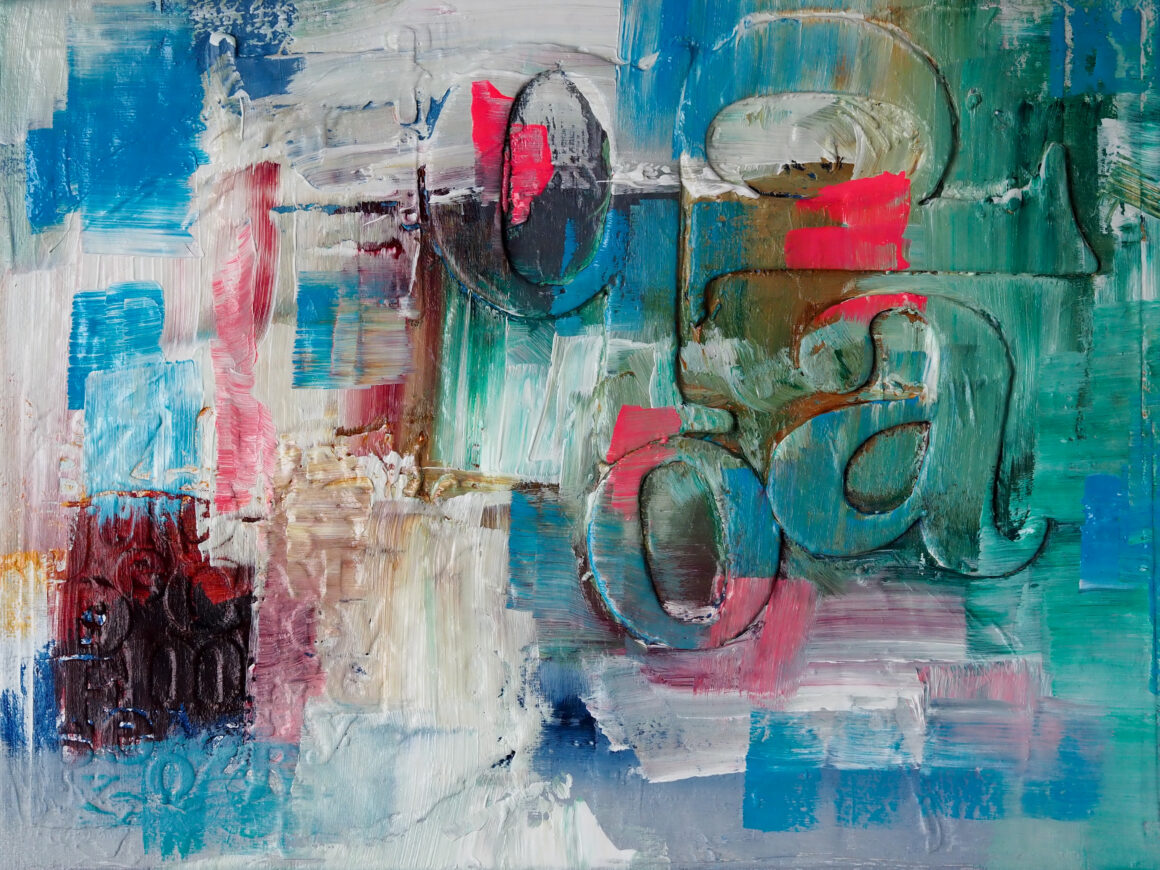
Boxer Brains
The Art Therapy Way: A Self-Care Guide by Kendyl Arden is the latest in the string of books on trauma and healing that I’ve acquired. Filled with 50 art therapy exercises, the book begins with a great explanation of why art can be healing.
She begins with a short lesson on the brain, pointing out that the prefrontal cortex is the logical part of your noggin, responsible for remembering stats and facts, generating spoken and written language, and rationally processing information. The limbic system, on the other hand, “stores memories of sound, touch, and smell. This part of the brain is emotional, intuitive, visual, spatial, and tactile.”
There are plenty of people who want to keep these two parts of the brain separate. I imagine them as a biased referee in a boxing match: “Break it up, you two! Break it up! Limbic, in your corner NOW or else. Prefrontal, calm down. Don’t let her get under your skin. You’re good at being reasonable, so get back in your corner and back in your wheelhouse. Leave the crazy stuff to Limbic!”
But guess what: it doesn’t work that way. God created you with rational thoughts AND emotions and no matter how hard you try, there really is no separating them. Sure, you might succeed at lying to yourself. You might be convinced that you have control over your emotions, but as with love and belief, managing your reactions to automatically generated emotions is not controlling, causing, or excising them. Just because you don’t lose your temper and yell at your wife when she says something in a voice that sounds like your mother’s does not mean that the anger is gone. It will make its presence known, some how, some way. What is it about that voice, anyway? How much anger from childhood is still simmering inside you?
Arden explains how the rational and emotional parts of our brains interact and affect one another:
Brain scans show that when someone experiences trauma of some form, the prefrontal lobes become hypoactive and deactivate, while the limbic system becomes hyperactive. The traumatic memory is stored in the emotional brain and the experience becomes disconnected from the logical, prefrontal lobes. This is why when we experience hardships we often have a very difficult time verbalizing the experience, and words seem not to be enough, as our bodies remember the intensity and the emotions.
It’s essential to remember that trauma does not necessarily mean physical violence. Being shamed or humiliated by another person, especially someone as important as a parent, activates the limbic system as surely as a slap to the face does. Just because we’ve heard throughout our lives that “sticks and stones may break my bones, but names will never hurt me,” doesn’t make it true. That’s more akin to a “fake it till you make it” dynamic, which has its merits, but telling yourself that all is well is no guarantee that your body/brain will believe it.
So, how can art help with any of this? Here’s Arden again: “Rather than relying solely on talking through our experiences, art can provide opportunities for us to express the emotions and sensations of our internal experience. . . . Art making can activate the prefrontal cortex by integrating both the emotional and rational brain.” In other words, art can get those two fighters to come out of their corners, shake hands, and agree to work together, at least for a little while.
A well known and oft repeated sentiment among artists goes like this: “If I could express myself in words, I wouldn’t make art.” What they are saying makes perfect sense once you understand that the unconscious memories and emotions that torment us are stored in the limbic system, not the rational, language generating prefrontal cortex.
Now, about that painting up there: it’s a canvas that I’ve worked on here and there throughout the last seven or eight years. In fact, it’s a work that mostly vexes me, because I keep getting to points in the process at which I like what I’ve done, but it’s never enough to say, “Finished!” So the canvas stagnates, getting tucked away until I feel ready to tackle it again. When I do, though, I invariably go too far.
So, this morning, feeling like I had little to lose with this thing, I pulled it out and used it for one of Arden’s exercises. After going through the breathing and intention part, I put on the first of three songs and painted until the end of the third, using colors I chose as I went. Allowing myself only one brush and wiping it off between colors (rather than carefully cleaning it or using a different brush or scraping tool) netted me results I never get. Even more out of my comfort zone was deliberately choosing blue’s complement (orange) and painting over the wet blue, knowing full well that I’d end up with a muddy color. Normally, I try to avoid that, but allowing it today got me a few pleasant surprises.
I will not call this painting finished, and I don’t know how it will end up, but I am happy that I now have a new starting point that’s so different from the ones I normally find on my easel.




